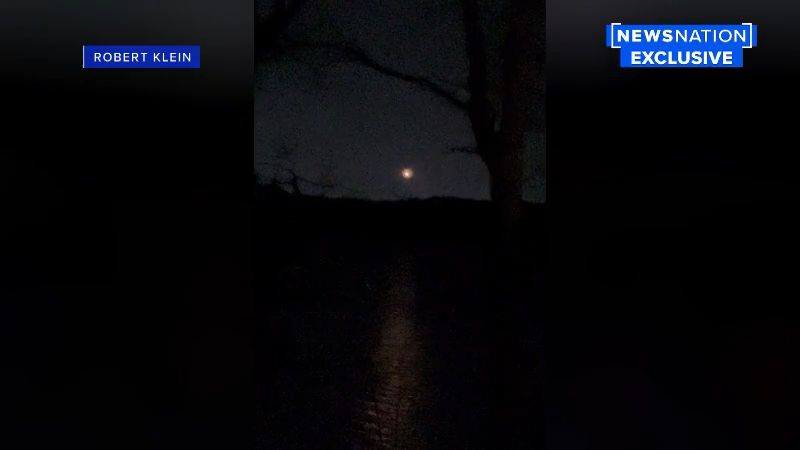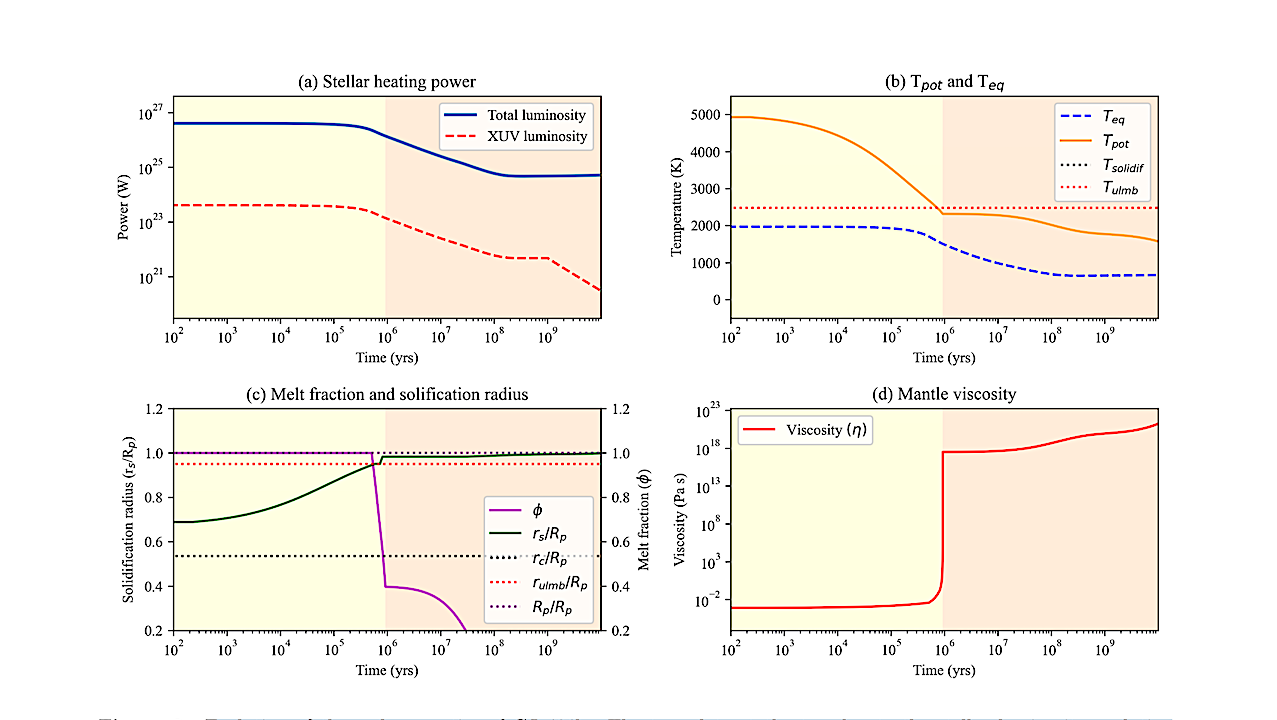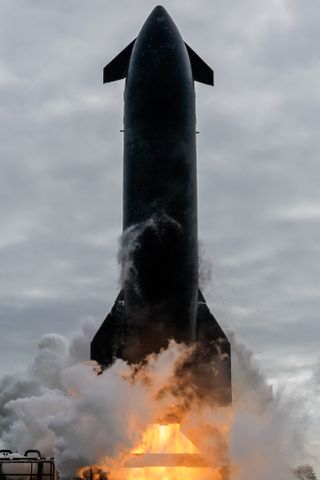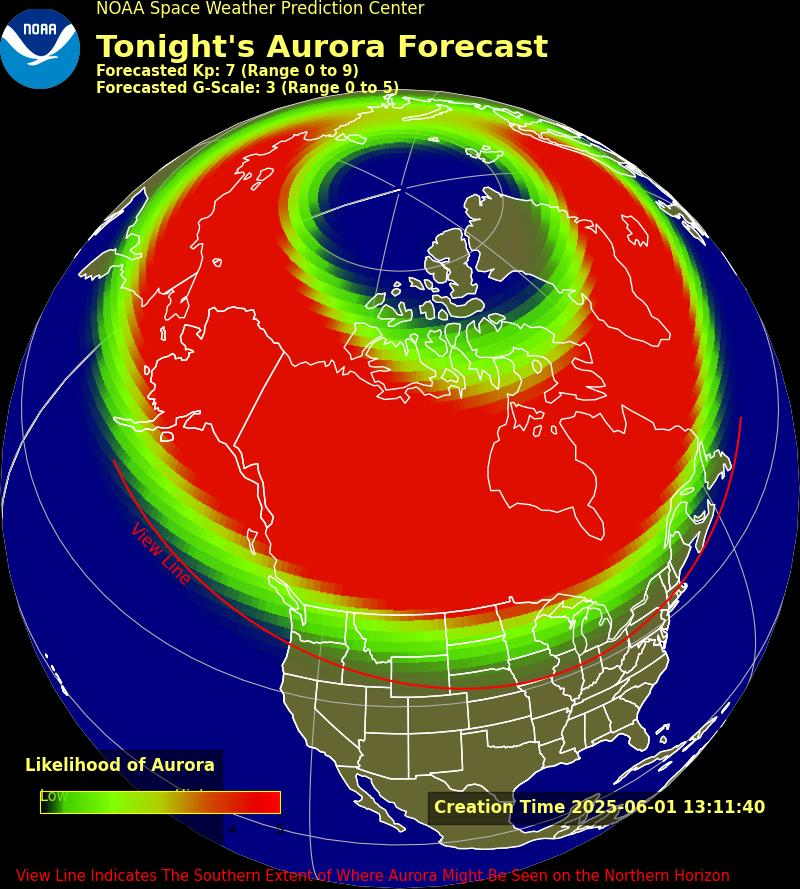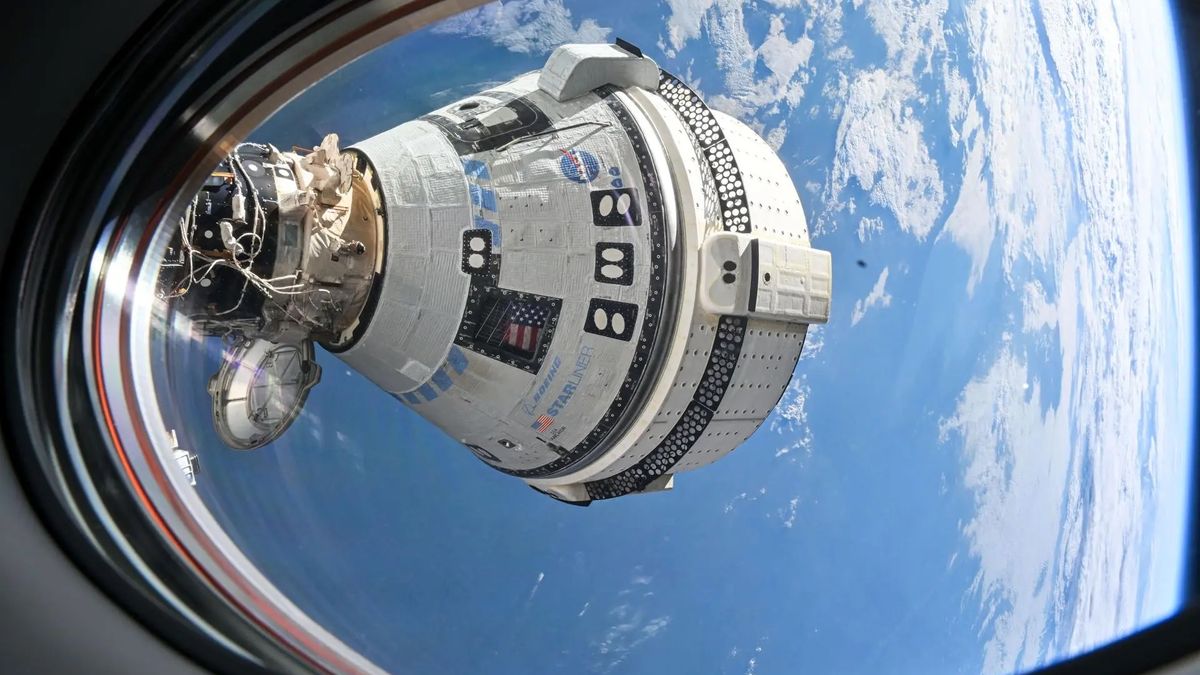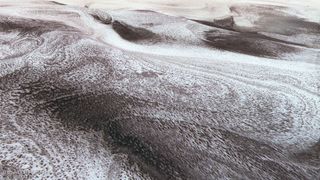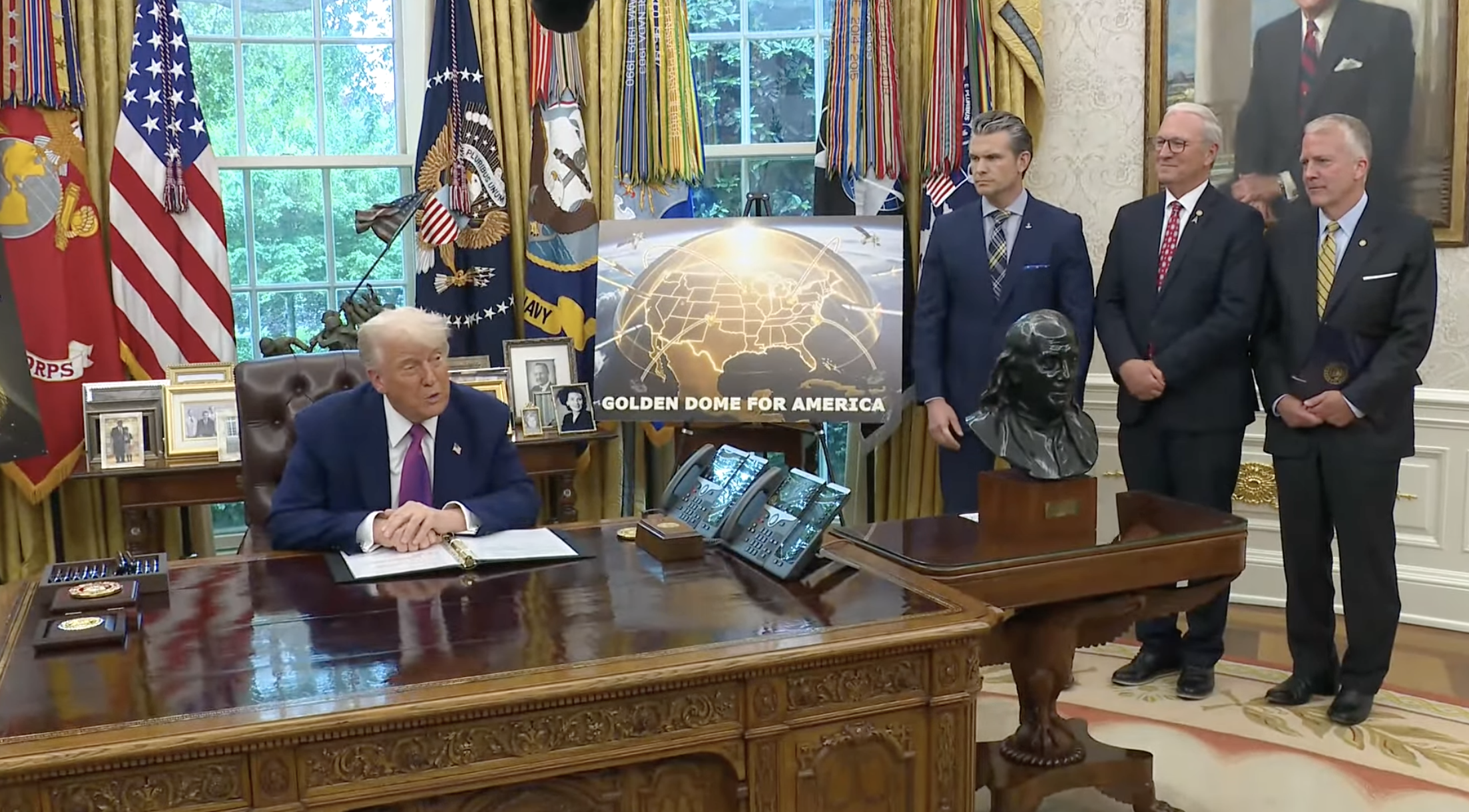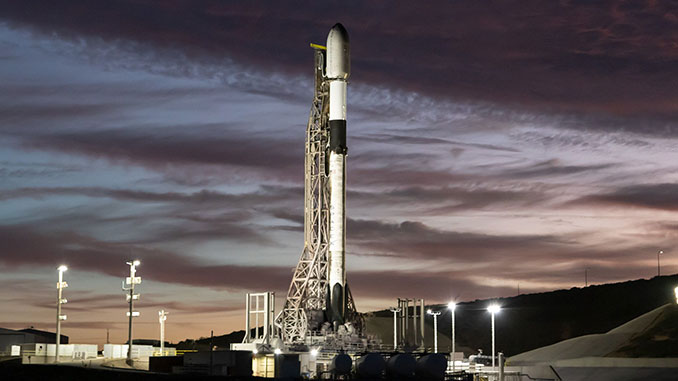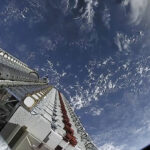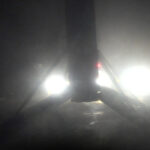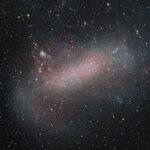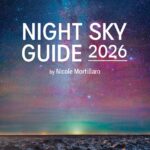WASHINGTON — Liechtenstein became the latest country to sign the Artemis Accords Dec. 20, bringing the total number of signatories to more than half of a key United Nations body.
Hot Posts36- Page
(NewsNation) —Something unexplained is happening over a reservoir in Connecticut. On the back deck of a community center in Fairfield County, a woman named Diane says she noticed a light
Evolution of thermal properties of GJ 486b. The two plots at the top denote the stellar luminosity evolution (bolometric and XUV) and the mantle potential temperature evolution for GJ 486b.
The MacBook Pro is one of the best laptops for astronomers, delivering processing power, portability, and incredible display quality. For professional and amateur stargazers it’s an invaluable asset offering some
Things are getting hot for SpaceX’s next Starship launch. SpaceX fired up its next Starship spacecraft during an engine test over the weekend, ahead of the company’s 7th orbital test
Northern lights could put on an impressive show tonight (June 1) as ongoing geomagnetic storm conditions may push auroras farther south than usual, according to the National Oceanic and Atmospheric
More than six months after its first crewed mission came to a disappointing end, the future is still murky for Boeing’s Starliner astronaut capsule. That mission, called Crew Flight Test
Hoping for a white Christmas this year? Well, even if there’s no snow where you live, at least you can enjoy these images of a “winter” wonderland on Mars. Taken
The Golden Dome is ambitious, alluring and amorphous. Many defense pundits have asked “What exactly is Golden Dome?” They are right to ask. The system of systems that will bring
File: The Falcon 9 at sunrise Thursday, Oct. 24, 2024 as final preparations were made for the NROL-167 mission. Image: SpaceX. Update 10:37 a.m. EST (1537 UTC): The first stage
-
 012024 in Review: Highlights from NASA in Silicon Valley
012024 in Review: Highlights from NASA in Silicon Valley -
 02Panasonic Leica Summilux DG 15mm f/1.7 ASPH review
02Panasonic Leica Summilux DG 15mm f/1.7 ASPH review -
 03From Polymerization-Enabled Folding and Assembly to Chemical Evolution: Key Processes for Emergence of Functional Polymers in the Origin of Life
03From Polymerization-Enabled Folding and Assembly to Chemical Evolution: Key Processes for Emergence of Functional Polymers in the Origin of Life -
 04How New NASA, India Earth Satellite NISAR Will See Earth
04How New NASA, India Earth Satellite NISAR Will See Earth -
 05And Thus Begins A New Year For Life On Earth
05And Thus Begins A New Year For Life On Earth -
 06Astronomy Activation Ambassadors: A New Era
06Astronomy Activation Ambassadors: A New Era -
07SpaceX launch surge helps set new global launch record in 2024



